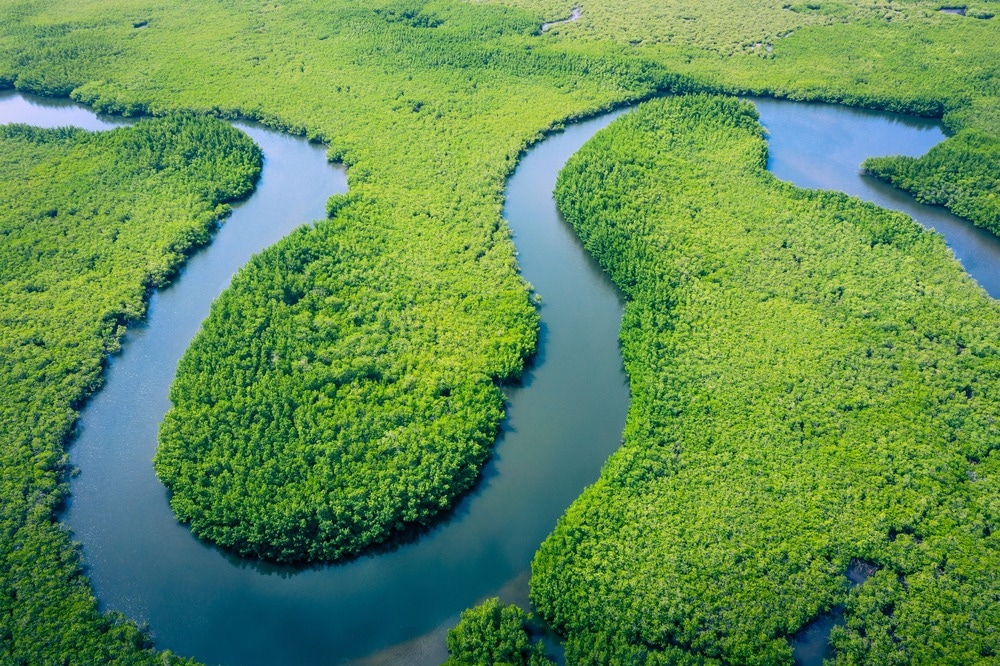In two independent Reviews, researchers highlight the drivers and effects of the current deforestation and landscape degradation the Amazon is going through, and what must be done to prevent further degradation.

Image Credit: Curioso.Photography/Shutterstock.com
The Amazon rainforest is one of the most important yet vulnerable ecosystems on Earth. It offers vital global ecosystem actions that aid in retaining the carbon and water cycles of the planet and serves as host to almost one-third of all species recognized on Earth.
Nevertheless, advanced industrial and agricultural activities and bigger anthropogenic alterations in the climate of the planet are degrading the environments of Amazon at an unmatched speed. Hovering at the edge of irreversible change, constant forest loss could push the Amazon over a threshold that could have extensive effects on Earth's complete system.
In one Review, James Albert and colleagues summarize important outcomes from the 2021 Science Panel for the Amazon (SPA) Assessment Report and show how human activities, such as regional deforestation, are altering the ecosystems of Amazon at a speed of hundreds to thousands of times quicker than any naturally occurring geological or climatic phenomena have done earlier—far too quickly for Amazonian peoples, species, and ecosystems to adjust.
As per Albert et al., transformative policy actions are needed to avoid these results and decrease the global economy needs that majorly impact deforestation.
“As we approach an irreversible tipping point for Amazonia, the global community must act now. Policies to prevent the worst outcomes have been successfully identified; implementation is only a matter of leadership and political will,” note Albert et al. “To fail the Amazon is to fail the biosphere, and we fail to act at our own peril.”
In a second Review, David Lapola and coworkers assess the nearby and fundamental drivers and effects of Amazon forest degradation. Although major land-use analyses and land-cover change in tropical forests have focused on the sources and impacts of deforestation, Lapola et al. concentrate on other, lesser-studies anthropogenic disturbances, which include habitat fragmentation, fire, selective logging, and extreme drought owing to human-driven climate change.
As per the authors, around 2.5 million kilometers of the Amazon forest (around 38% of all remaining forests in the area) are now degraded by these effects. Carbon emissions from this degradation are greater than or equal to the emissions from deforestation and will stay a dominant source of carbon emissions irrespective of deforestation rates. Consequently, Lapola et al. discuss that deforestation policies are needed, and they need to be complemented with measures to manage the disturbances that destroy the Amazon environment.
Journal Reference:
Albert, S., et al. (2023) Human impacts outpace natural processes in the Amazon. Science. https://doi.org/10.1126/science.abo5003.